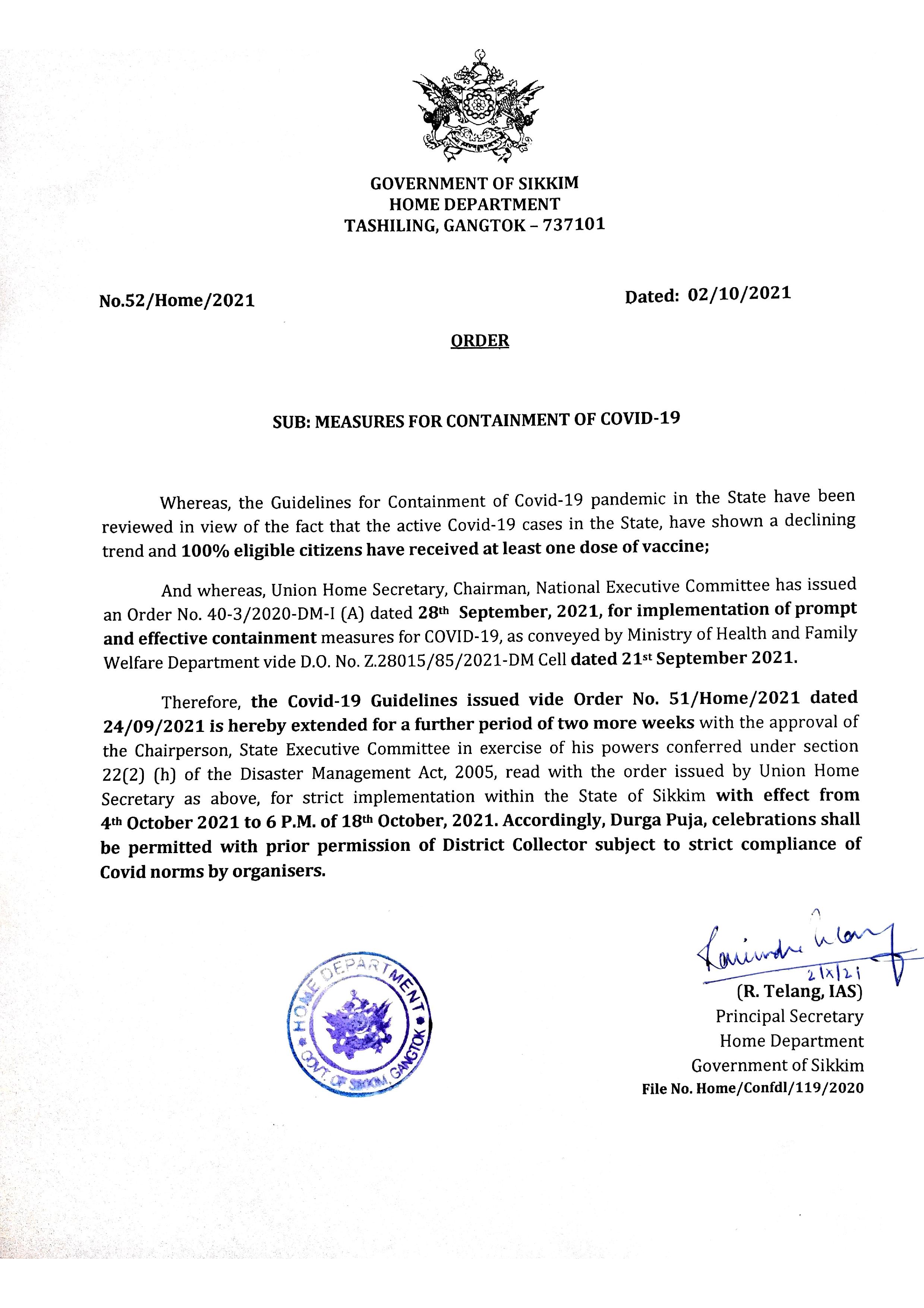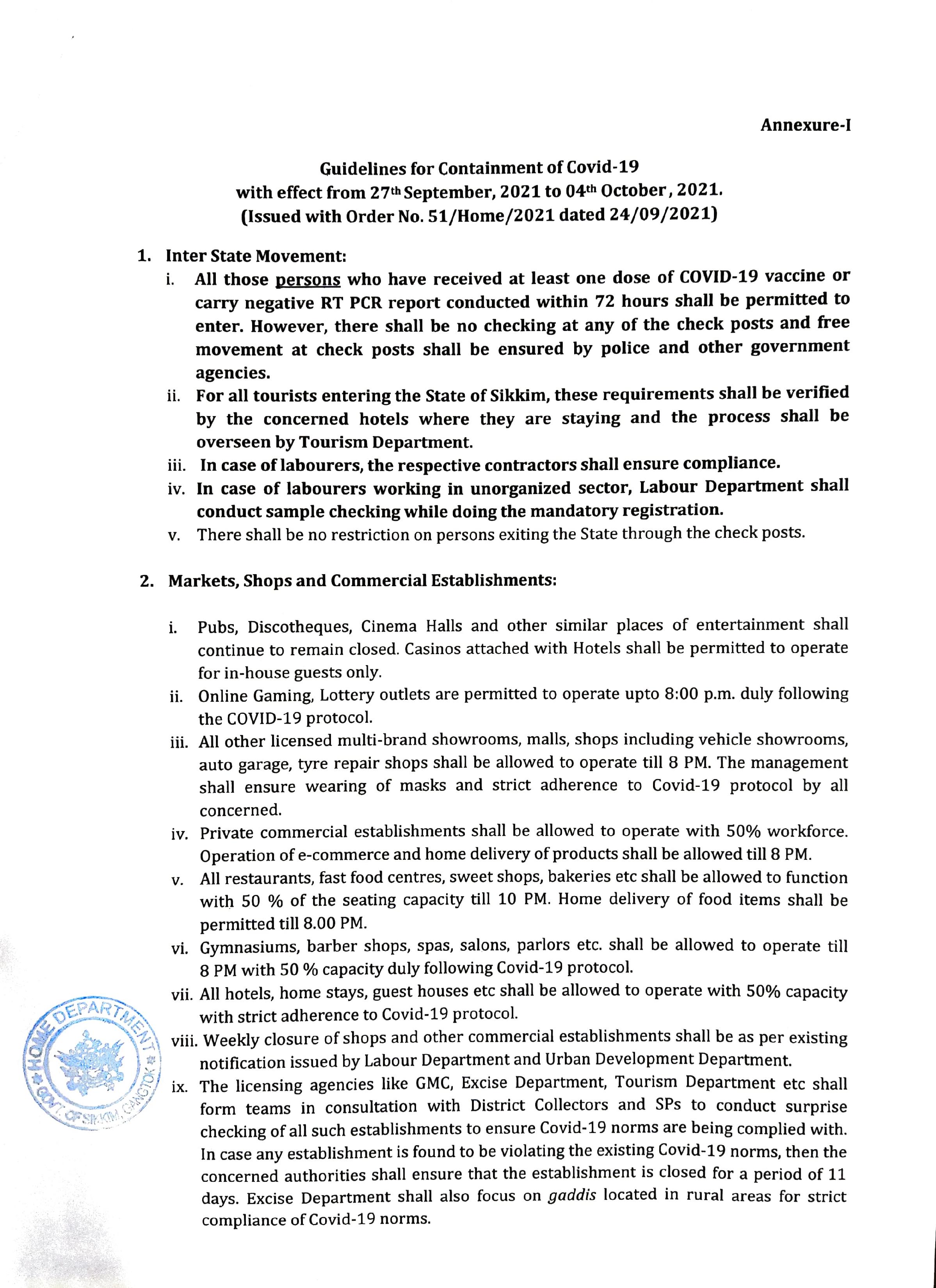LOGIN
Wildlife Sanctuaries
Wildlife Sanctuaries
The dense forests, hills and mountains of Sikkim are home to a huge variety of animal species from musk deer and red panda , to bharal or blue sheep ,the Himalayan black bear and the exclusive snow leopard. Due to enchroachments ,and climate change ,many of these are endangered and threatened. The lowland forests of Sikkim are home to Sikkim's largest reptile Burmese python ,house geckos, the Himalayan crestless porcupine , the Chinese pangolian ,and barking deer.Several species of birds can also be found here -the great pied hornbill locally called 'hongraio', chestnut-breasted partridge, the red junglefowl and more.
Sub-tropicals regions are home to the red panda, red fox vulpes , the golden jackel,leopards, Asiatic black bear,palm civets, flying squirrels, wild boars,japalura lizards,cobras,kraits abd mountain pit vipers. The gaur - one of India's largest bovids - has been seen in Pangolaka Wildilfe Sanctuary. Besides being one of the primal adventure destinations in the country, Sikkim is also ideal bird watching destination. It has more than 550 species of birdds , some of which have been declared endangered .You will find a rich diversity of butterflies too- about half the 1,400 butterfly species recorded in India are found here including the magnificient, but endangered Kaiser-i-Hind ,the Yellow Gorgon and the Bhutan glory.You can spot them in the four sanctuaries in Sikkim and at the Khangchendzonga National Park.
Sikkim's exceptional bio-diverse ladnscape supports over 22 restricted-range bird species, including atleast 19 species that are endemic to the region and bird species that are not found anywhere else in the world.Its unique position on the map means that, despite its small size,Sikkim,with over 550 species, has a bird list that is almost as diverse as that of Bhutan or Nepal.Due to the progressive conservation policies of the goverment that are supported by the highly benign Buddhist religious beliefs od locals ,Sikkim has a very high percentage of land under official protection as protected areas (PA) or Important Bird Areas (IBA). The state provides legal protection to critical birds habitats through a network of 22 IBAs and almost and equal number of PAs.
Khangchendzonga National Park
Khangchendzonga National Park encompasses an area covering 1784 sq km. It is bounded in the north by the Tent Peak and the ridge of the Zemu glacier. The eastern boundary of this park comprises of the ridge of the Mountain Lamaongden. The southern boundary includes Mount Narsing and Mount Pandim. The western boundary comprises of the mighty Kanchendzonga which presides over its namesake park and the Nepal Peak. Being bounded by such formidable features, it is no wonder that the park has... View All
Fambong Lho Sanctuary
Fambong Lho Sanctuary is located about 20 kilometres from Gangtok and covers an area of about 5200 hectares above the road between Singtam and Dikchu with the highest point at a place called Tinjure where a wooden observation tower of the Forest Department exists. The Sanctuary is the home of Himalayan Black Bear, Red Panda, Civet cat and many varieties of birds and butterflies. Fambong Lho is ideal for birdwatching as it shelters birds species like endangered rufous-headed hor... View All
Varsey Rhododendron Sanctuary
This Rhododendron Sanctuary lies in the West corner of Sikkim.Mountains scarred by landslides suggest that development activities are taking a toll on the environment and the flora and fauna are definitely being affected. The loss of topsoil, soil instability, degeneration of agriculture land and shrinking of catchment areas of the rivers are issues that are cause for concern. The alpine areas of Sikkim in particular which look so powerfully big and formidable are ironically most vulner... View All
Kyongnosla Alpine Sanctuary
Kyongnosla Alpine Sanctuary is a wildlife sanctuary in East Sikkim, India. It is situated around the area adjoining the Tsomgo (Changu) lake along the Nathula Road. Located about 31 km (19 mi) east of Gangtok, the capital of Sikkim, this sanctuary covers an area of about 31 km2 (12 sq mi), and extends from the "15... View All
Maenam Sanctuary
Maenam Wildlife Sanctuary is one of the most popular wildlife sanctuaries in Sikkim. Rich in varieties of medicinal plants, the Wildlife Sanctuary is a treat for nature lovers. A paradise for nature lovers, you may encounter its rich flora and fauna. Long after your visit, tourists might still find themselves wandering amid its forests and jungles, encountered during a trip. The Maenam wildlife sanctuary in Sikkim would be home to the first of its kind wildlife skywal... View All







